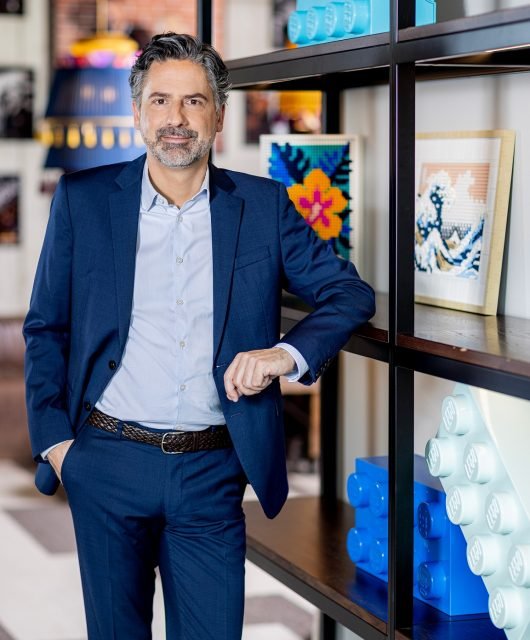Bringing Brands To Life Through Experience
As a passionate designer of visual brands I take pride and excitement in crafting identities not only through my work at FITCH but as an advocate of brand design in general.
What drives the love and craft of a design is really in the process. Finding those unique behaviors that each brand can own, showcase and build a compelling visual language for. It’s a similar process of an artist, musician and architect. There’s nothing more rewarding than seeing your design or a well-crafted brand come to life and really take hold with consumers.
But over the years of my 10+ year career in branding and retail design I’ve learned the passion I have in creating the design only comes to fruition though what experiences we surround it with. With today’s ever-evolving and connected consumer, the most successful brands bring to life their stories through branded experiences that take more than just a logo, collateral or products. It’s a unique combination of assets and physical, human and digital experiences that let the consumer connect with them in a way that only they can own.
Over the last few years at FITCH, and through decades of successful global design projects, we’ve been exploring how we can codify branded experiences. We categorize these as “Experience Themes” using our WPP BrandZ data, to identify the experience expected by 650,000 consumers of 23,000 brands in 31 countries.
There are 12 distinct themes successful brands will bring to life in a unique journey that has a particular behavior and stimuli. Each Experience Theme responds and delivers different ways of meeting consumer’s needs, and the symbols, language, activities and emotions are bespoke to each theme.

For example, Nike. It’s one of my favorite brands that embraces an everchanging visual language. Nike truly strives to build meaning around every message and product it endorses. The brand understands that its logo is a symbol and that it’s so much more as today’s consumers don’t just want to buy. They want an experience that fulfils their most basic needs for belonging, progress and independence.
Nike’s football training center in Soweto is an excellent example of a CAMPFIRE Experience from FITCH’s themes. It’s a high-performance, life skills center for the 1200 youth clubs of the Soweto Football Association. The center also gives 20,000 young footballers a year a chance to develop their talent while also giving them access to HIV/AIDS education. And in true Nike fashion it’s an ultimate combination of design and architecture.

A unique example of a PLAYGROUND experience where brands encourage people’s passion with play is the House of Vans. It’s a place where the brand encourages its followers to creatively let loose. Vans brand is deeply rooted in its followers being the heart of their content. It’s raw, authentic and off-the-beaten-track. Where does a brand let you skate over concrete bowls in their underground skatepark or view a cinema screenings in their VansLab artist studios—it’s webcasts, music, art and cocktails. The nurturing space embraces and fuels the “Off The Wall” spirit of the Vans brand. As most brands use spaces for selling, brands that embrace experience and utilize their brand ambassadors as the voice of their expression connect with consumers at a more emotional level.

I admire the thoughtful consideration in the work these brands have created to bring to life their brand experiences as unique ways to connect with their consumers, these distinctive concepts put consumers in the driver’s seat of their own journey with the brand.





